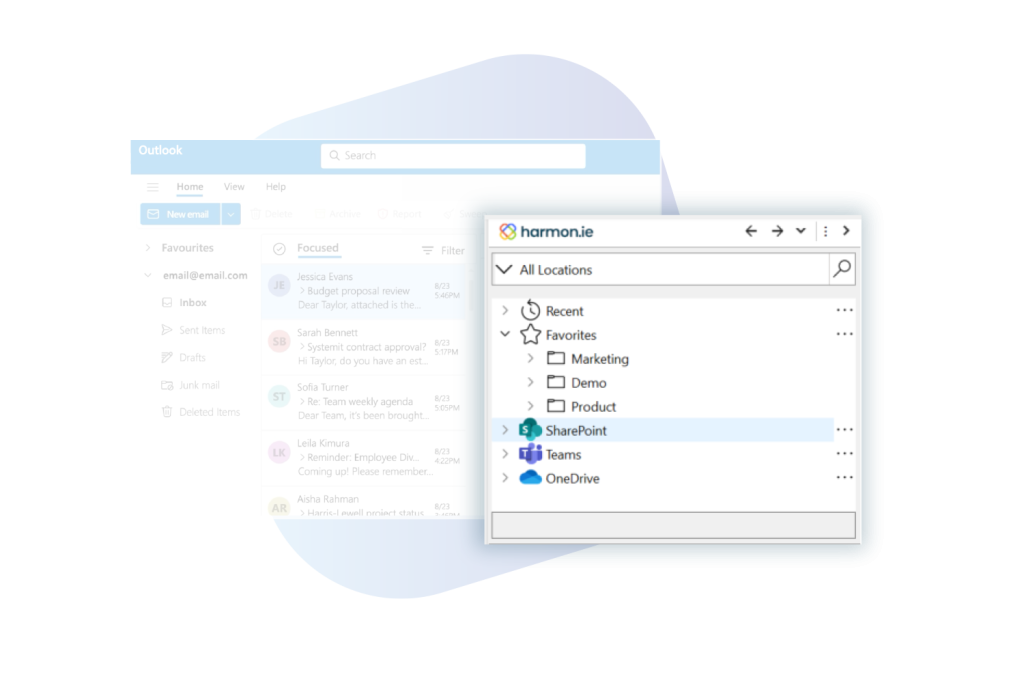Transparency is a hallmark of any true democracy and many nations have formalized the rights of citizens to request information from different government agencies. Whether it’s the Freedom of Information Act (FOIA) in the United States, the Access to Public Administration Files Act in Denmark, the Right to Information Act in India, or Access to Information and Privacy (ATIP) in Canada, government agencies and other publicly-funded institutions in more than 100 countries must respond to these requests.
Tight deadlines and lengthy backlogs
While government agencies aren’t always known for their speedy turnaround times, many laws also include strict deadlines for how promptly agencies must reply to these requests. For example, in Canada agencies have just 30 calendar days to complete each request and provide those materials while it’s a 20-working day deadline to respond in the U.S. and United Kingdom. Depending on the jurisdiction, missing those deadlines could result in fines or costly lawsuits, so government agencies are motivated to comply not only as a feature of good governance but also to spare them additional costs and headaches.
Government agencies worldwide often struggle to consistently meet these deadlines, both due to the volume of requests and the difficulty in locating the requested materials (not to mention any delays due to political squabbles or oversight). Relevant files and communications could be stored in a variety of shared servers, individual desktops, and even the inboxes of government employees. Without a centralized and standardized method for organizing information, this situation only gets worse as each day more and more information is created and additional FOIA requests queue up.
Standardizing storage
Increasing compliance rates and decreasing turnaround time begins with standardizing how and where this data is stored. As most government agencies already use Microsoft 365, this solution is already in-house. SharePoint and Microsoft Teams are both included with most Microsoft 365 subscriptions, and they’re the perfect place to store everything potentially subject to these requests.
Not only do SharePoint and Teams make sense because you’re already paying for them, but they’re part of the Microsoft 365 ecosystem that workers are already familiar with and they’ve already passed rigorous security and privacy testing. With built-in permission controls all the way down to the individual file level, agencies also don’t need to worry about sensitive information getting exposed or falling into the wrong hands.
Additionally, switching up where emails are saved now will make everyone’s life easier in the future. In some jurisdictions, agencies can only respond to requests based on where messages are currently saved at the time of the request. That means if it’s still in someone’s Outlook your staff must create PST files and share those. But if the emails in question were saved to SharePoint or Teams before the request is filed, that PST step can be skipped and the files can be retrieved directly from SharePoint or Teams. So, the sooner messages are moved to a central location, the more streamlined and simple it is to respond.
Making it user-friendly and frictionless
Information management solutions are only useful when they’re used, so the second part of the equation is making it as simple as possible for agency employees to comply with internal policies. One way to reduce adoption obstacles is to meet end users where they’re at… which often is in Outlook.
Outlook is where workers author, receive, and respond to emails, many of which include attachments relevant to FOIA requests. And it’s here where harmon.ie can help your agency save time and improve its response rate and turnaround times.
By seamlessly connecting Outlook to SharePoint and Teams, harmon.ie enables end users to complete their tasks faster and without switching between multiple applications.
Organizing and classifying files as they’re received
With harmon.ie, staff can save files in the right place from the start. When emails arrive in their inbox, they now have the option to simply drag and drop that message and/or any attachments into the ideal location on SharePoint or Teams. By saving things in the correct location as soon as they’re received, things stay organized and consistent. And for emails saved to Teams or SharePoint, harmon.ie automatically extracts email-specific headers, making discovery and retrieval that much easier.
End users can also add metadata as part of that same workflow. Tagging those files and emails improves discovery and provides more clues and breadcrumbs for staff hunting down requested records. Departments can provide preset options for specific metadata fields and even make some of them mandatory to boost compliance and increase metadata quality.
Search everywhere from your inbox
harmon.ie transforms the Outlook experience and creates a powerful Information Management tool perfect for handling inbound FOIA requests. With harmon.ie, users get a window into your organization’s entire Microsoft 365 ecosystem without ever leaving their inbox. SharePoint, Microsoft Teams, and OneDrive locations are all visible, and end users can drill down to find the specific folders or files they’re looking for.

But the real power comes from harmon.ie’s robust search capabilities. Without having to leave Outlook, harmon.ie streamlines the process by delivering search results across Microsoft 365. This eliminates the need for colleagues to remember—or guess—where the files they need are stored and drastically cuts down on the amount of time and effort required to fulfill each request.

Give your agency the tools to succeed
FOIA-related requests aren’t going anywhere and the volume of inquiries and the amount of materials subject to disclosure will continue increasing, forcing your agency to make the most of its available resources to keep pace while still conducting the actual business of your organization. But with the right Information Management strategy—including a convenient tool already used by dozens of government agencies from Australia to Canada to Ireland and beyond—your workforce can minimize the time spent on each request while increasing the accuracy and scope of materials included in each response.
Ready to learn more about how harmon.ie can make your agency more efficient and productive? Begin your free trial today!

